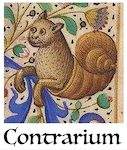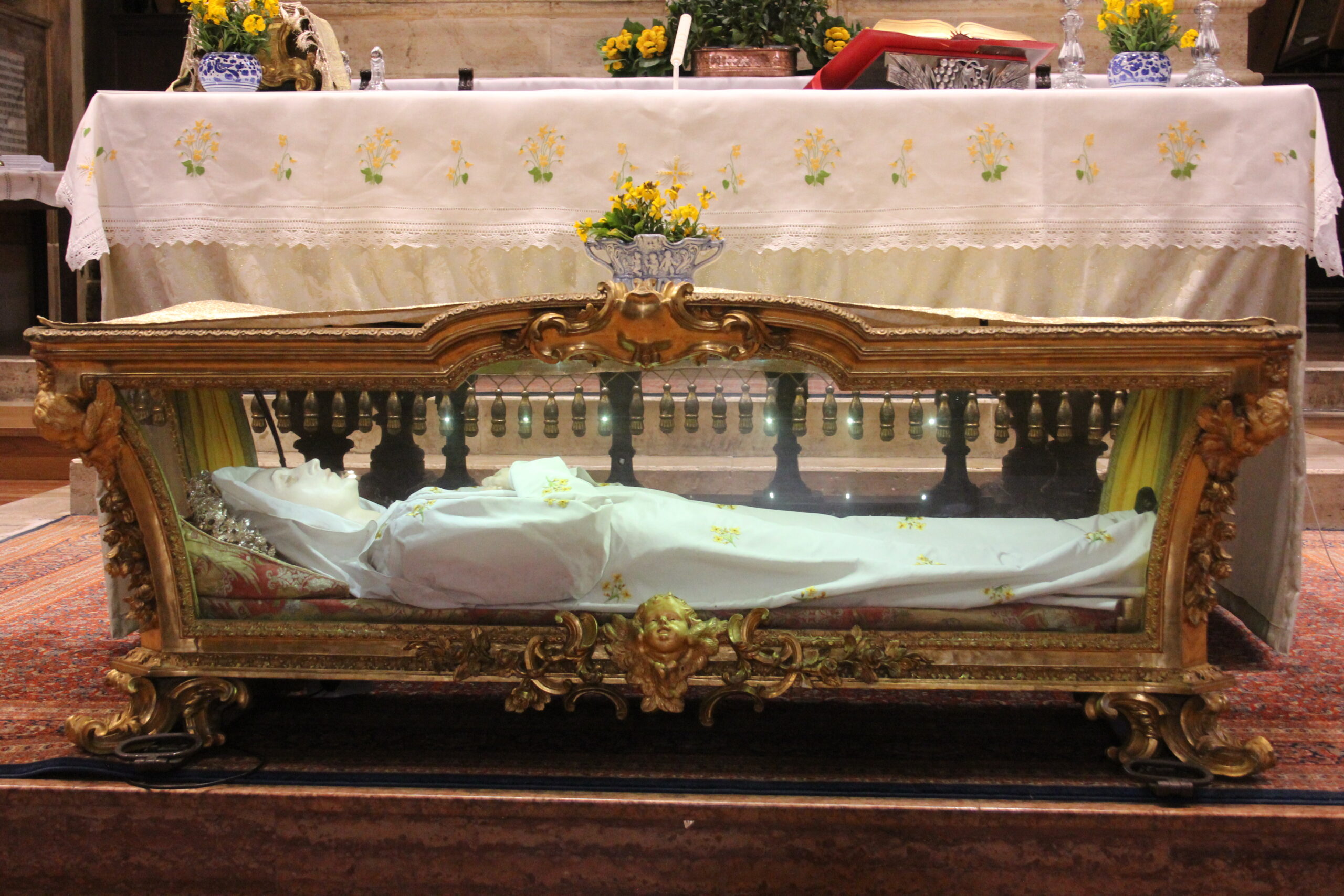Santa Fina and miracles for unbelievers
We live in an age that, for the most part, doesn’t believe in miracles or in any form of transcendence from the material world.
Some believe in the miracles of “science” — although I suppose that has also taken a hit in the recent “Covid” years — but, other than that, I think most people simply accept, as modern “philosophers” say, and recent polls show, the idea of life as a meaningless existence that starts and ends with our material bodies.
And, sometimes, not even that. After all, for many, fetuses are not considered “living beings”, as they have not have yet started “life”, which is for us defined as the period from birth until death — and now “assisted dying” is becoming a thing.
We consider ourselves wiser or more knowledgeable than people from earlier periods, in particular those from medieval times, a period often dismissed as a “dark age”.
But perhaps that’s a limitation. “There are more things in Heaven and Earth”, says Shakespeare through Hamlet. And August Strindberg, in his “Blue Book“, said that modern materialists are “like deaf and blind people who are convinced that they are the only ones who can see.”
We think we see more than them, but, in fact, perhaps we see less.
In medieval times, for instance, there was not a clear separation between the material and the spiritual, the “real” and the magic, the “normal life” and miracles, Heaven and Earth.
Let’s talk, for instance, about Fina dei Ciardi.

Life and Death of Santa Fina
On March 12th, 1253, a young girl named Fina (possibly a nickname for Iosefina or Serafina, although no one knows for sure) died after five long years of suffering.
At only ten years of age, she had been struck with a disease that rendered her almost incapable of moving. Refusing a more comfortable bed, Fina dei Ciardi lied down on an oak board, and there she remained for the rest of her short life. While she was ill, she first lost her father, and then her mother also died in an accidental fall.
With her body full of sores and even, according to some, bitten by worms or rats that nested in the rotten wood, she seemed always peaceful, and she even comforted the visitors who came to see her.
One night, Saint Gregory appeared to her and predicted the date of her death, which came to take place in the aforementioned March 12th. She was only fifteen.
To us, modern people, the life and death of Santa Fina seems just a sad and meaningless tragedy, an almost grotesque story that we cannot understand.
Today, she could have avoided her five years of suffering and simply said her last goodbyes in a “suicide pod”, like those now common in Switzerland, the Netherlands and Canada — and maybe soon former Catholic France, too.

But it was not so back then. Back then, they believed in miracles.
Back then, just after Fina’s death, the people claimed that bells rang without no one touching them, and that violets started to bloom in places where they had never bloomed before, high up in the walls and the towers of San Gimignano, the small medieval town where she lived and she died.

San Gimignano today
San Gimignano is now like a living museum, almost a medieval theme park for American and British tourists who flock every summer to eat pizza and gelato and drink Chianti wine and spend the money from their pensions in the overpriced local markets and shops.
I came here to teach a brief workshop, having arrived just in time for the celebration of Santa Fina — who, by the way, was never officially canonized as a “Saint” by the Church but is a “beata vergine.”
I almost didn’t get to be here, in fact. I arrived late at night by train in the nearby town of Poggibonsi. I assumed I could find there a taxi or a bus from there to San Gimignano, where I had my booked apartment, about 15 km away.
But I found out that buses only operate until 7 pm, and all taxi services I called were “closed for the day”. My only remaining option was to walk (it would take two and a half hours, according to Google Maps, and that in the middle of light rain) or perhaps to sleep in the train station until the next day (there was already some hobo sleeping there, so at least I would have company.)
I started walking, but after a mile or so, I realized it wasn’t an easy task. It was very dark and the roads had barely room for cars, much less for pedestrians. I thought the risk of being run over was not negligible. It was all uphill, too. Finally, I entered into a local sushi restaurant, Miò Sushi. (If you’re ever in this region, visit it). I asked if they knew of any taxi service that was working at that time. They didn’t.
After asking me what I was going to do, and hearing the answer “no idea”, a young Chinese employee simply said, “I will take you there.” So he kindly interrupted his work to give me a ride.
I offered him the money that I would have paid for the taxi, but he refused it. He just asked that perhaps one day I visit their restaurant and leave a 5-star review, if I liked it. A kind soul, such as are rare these days, I suppose.
And that’s how I arrived to San Gimignano, just in time to sleep soundly and then see the celebration of Santa Fina at the local church on the very next morning.
(It was very beautiful, too).

Was it a new small miracle of Santa Fina? Or just a series of lucky and unlucky coincidences in a random universe?
Honestly, I don’t know. I was also born in this materialistic age that has amazing planes and computers and believes in “Artificial Intelligence”, but has a hard time believing in any kind of transcendence or supernatural event.
I don’t know what is “real” and what isn’t, nor if there is anything beyond our mortal coil. But, as Agent Mulder said, “I want to believe”. No, not in UFOs (that’s just another silly government psy-op), but in the idea that there is something else beyond what we can touch and see.
Who knows? Perhaps Santa Fina knew all the answers that we, modern people, are still struggling to figure out.


